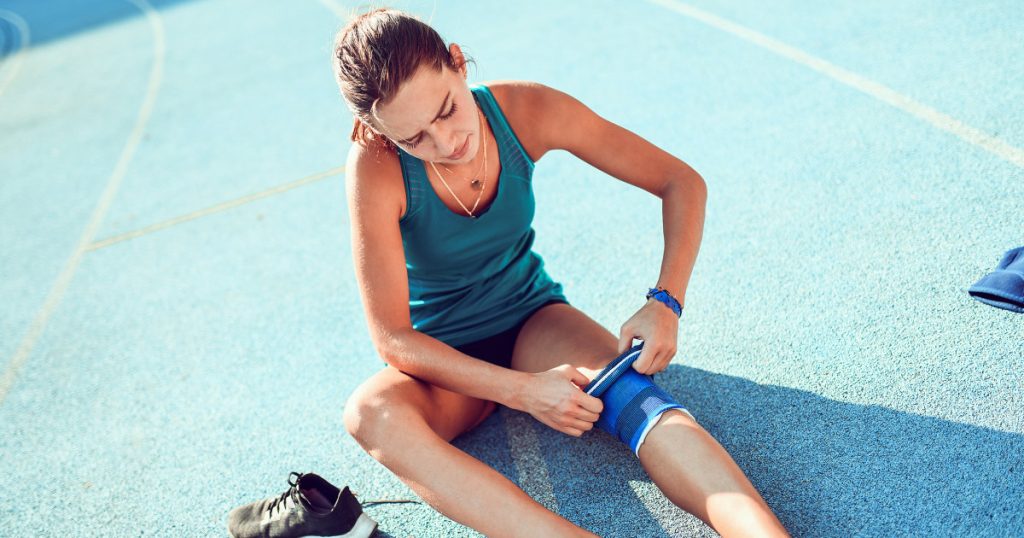ACL injuries, which commonly occur in sports, affect female athletes more than their male counterparts. Previous research focused on biological factors such as anatomy and hormones, but ACL injury rates among girls and women have not improved despite decades of study. Experts are now exploring how a gendered environment and sexism in sports may contribute to the higher risk of ACL injuries among female athletes and impact treatment outcomes. The anterior cruciate ligament (ACL) is a strong band of tissue in the knee that connects the thigh and shin bones. ACL injuries can occur during sports that involve quick changes in direction or jumping and landing, such as soccer, basketball, and volleyball. Athletes like Rebeca Andrade, Courtney Frerichs, and Cameron Brink have suffered season or career-ending ACL injuries.
Risk factors for ACL injuries include poor conditioning, faulty movements while landing, hyper-mobility, ill-fitting footwear, playing on artificial turf, and being female. Women have a higher risk of ACL injuries compared to men, with some studies suggesting a three to eight times higher risk. Factors such as anatomy, muscle strength, and hormonal fluctuations may contribute to this gender disparity. Wider hips and pelvises in women can affect lower body movements, potentially leading to ACL injuries. Women also tend to have weaker muscles and less overall strength than men, which may increase ACL injury risk. Hormonal fluctuations during the menstrual cycle have also been linked to increased laxity in joints, potentially contributing to ACL injuries in women.
While research has focused on biological differences, environmental factors may also play a role in ACL injury risk. Systemic gender inequality, bias, and sexism in sports can impact female athletes from prevention to recovery. Factors like the quality of facilities, gear, and access to training opportunities may influence ACL injury risk. Additionally, hypermasculinity and sexism in gyms and weight rooms could hinder women from developing the necessary strength to prevent ACL injuries. The lack of resources and funding allocated to women’s sports further exacerbates these disparities.
Treatment for ACL injuries typically involves a combination of rehabilitation and surgery, with recovery times varying from several months to over a year. Women may not be offered surgery as often as men and may experience worse outcomes following reconstruction surgery. Women also face additional challenges in recovery, such as caregiving responsibilities that can hinder their ability to focus on rehabilitation. ACL injury prevention programs, which include neuromuscular training and exercises, can help reduce the risk of ACL injuries. These programs are particularly important for women due to their higher risk of ACL injuries and can also improve athletic performance.
Overall, there is still a lack of data and more research is needed to fully understand the factors influencing ACL injury risk in women. While biological differences play a role, environmental factors and systemic issues in sports may also contribute to the higher rates of ACL injuries among female athletes. Addressing these disparities and implementing prevention programs could help reduce the incidence of ACL injuries and improve outcomes for women in sports.


